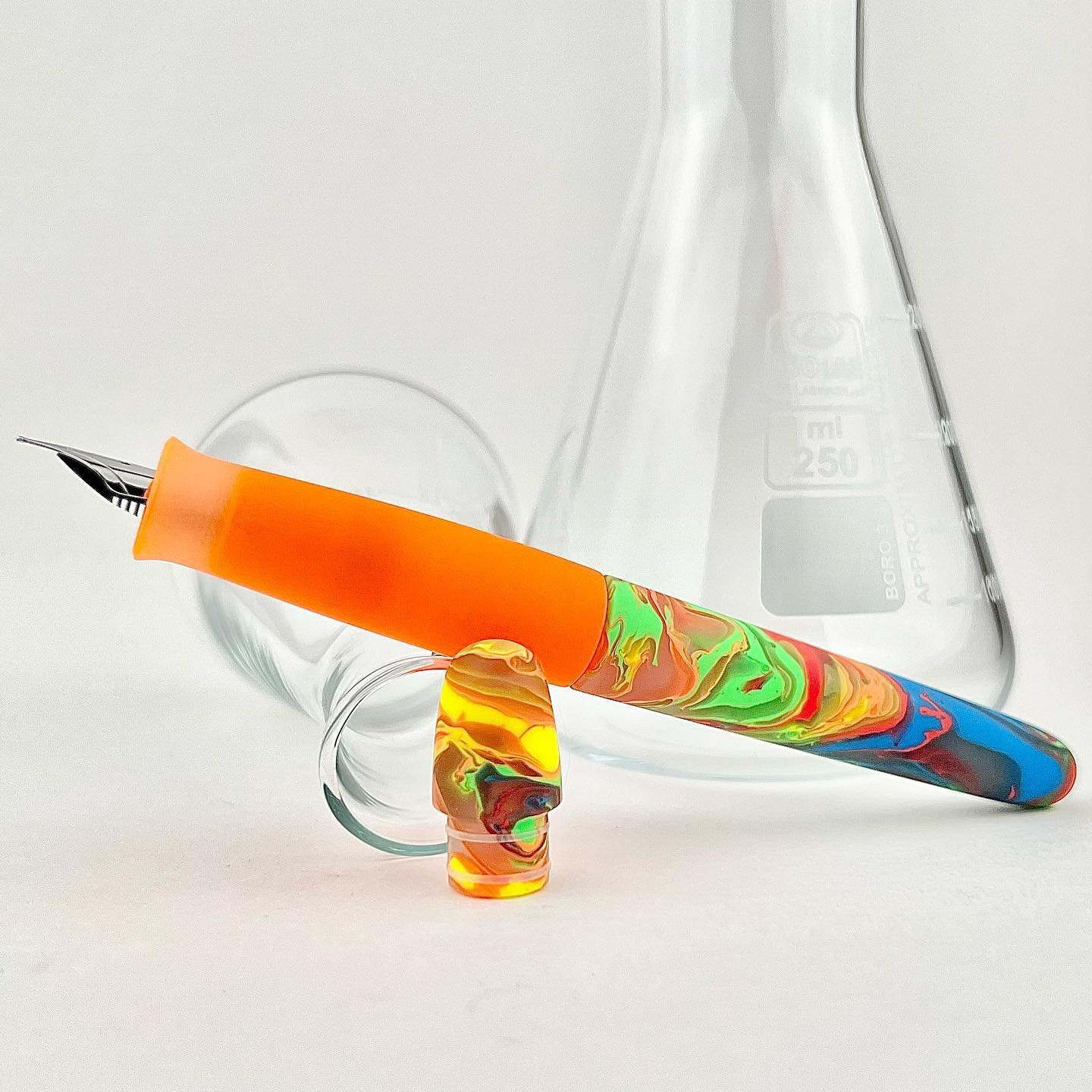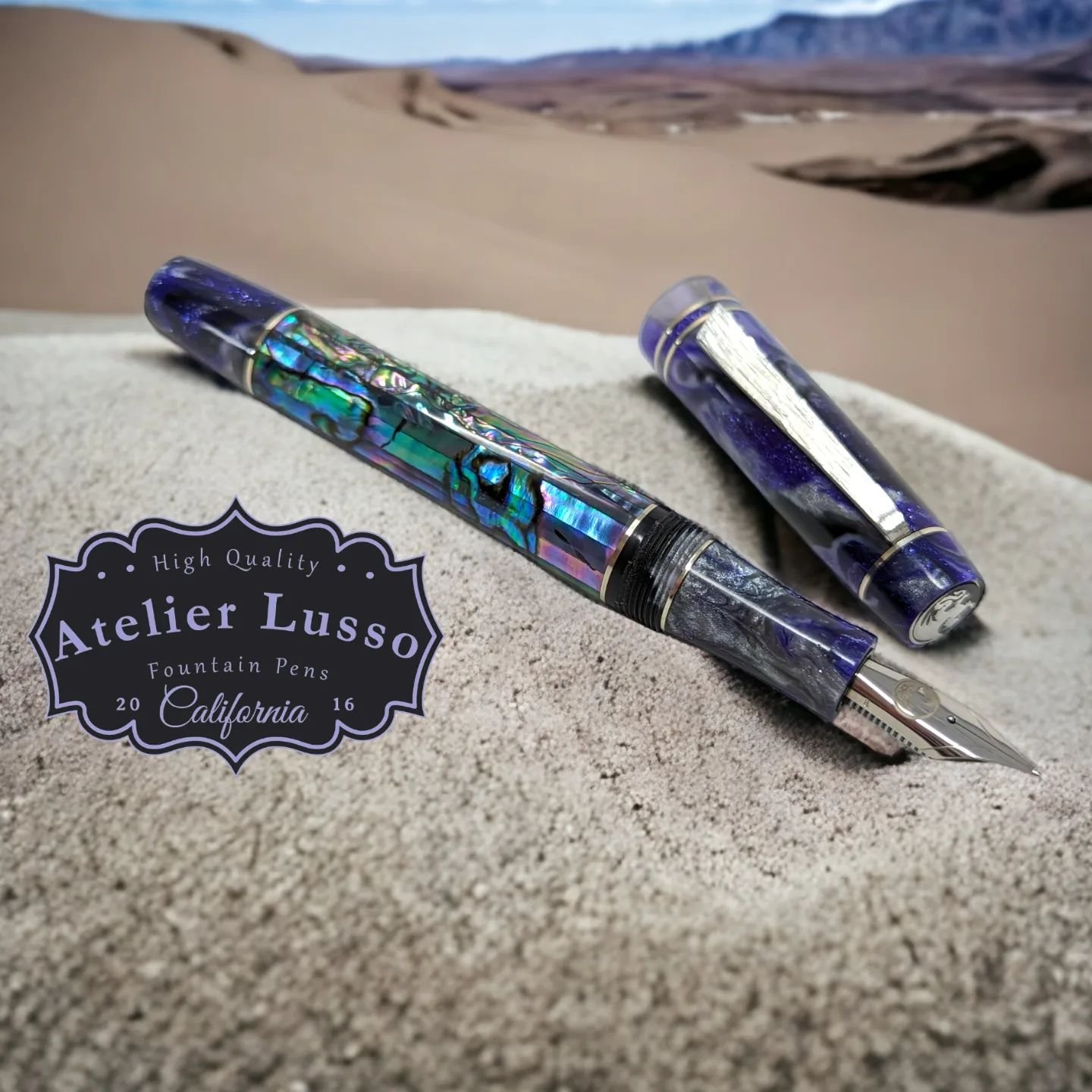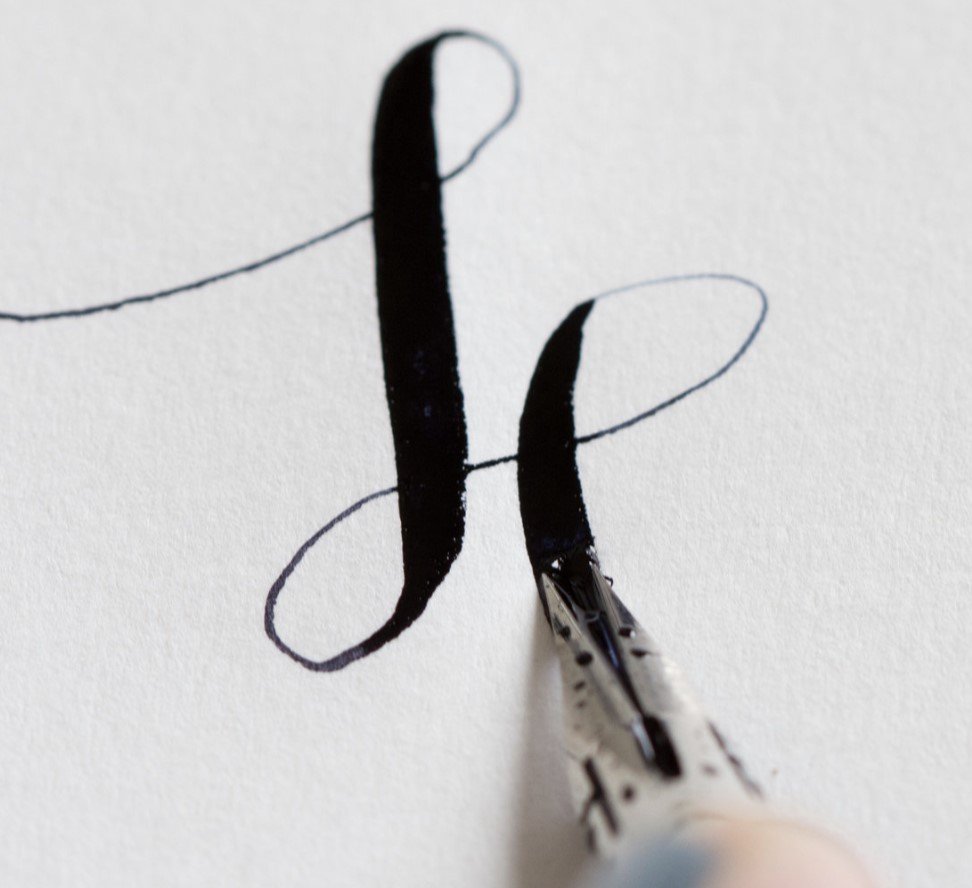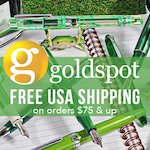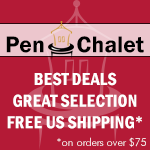(Caroline Foty's first fountain pen was a 1970s Sheaffer No Nonsense that still writes perfectly. Since she discovered pens by independent makers, she wants "one of each, please" and wants to meet all the makers. Maybe you do, too. She lives in Baltimore with pens, cats, and all kinds of fiber arts supplies.)
For Jacob Pawloski the path to this analog craft led through both the internet and his grandfather.
After collecting pens from the mainstream brands for a few years, Pawloski discovered the “maker” side of the pen universe and it captured his interest. At the same time, the early COVID shutdowns happened, leading to him spending all day alone in a building doing retail order shipping, without even any windows to break up the monotony. To enliven the hours, he watched YouTube videos about pens and pen making, and stumbled upon the iconic video of Jonathon “Carolina Pen Co” Brooks working with David “Figboot” Parker to make resin blanks to match several photographs.
As he began to contemplate making materials himself, his mother brought to his house in Indiana the old lathe that belonged to his grandfather. Since wood crafts also interested him, he began dabbling with the lathe and looking for the right use for it.
Pawloski started with kit pens, and found that the manager of the local wood store was his neighbor, so he got some tutoring to get started. However, he quickly became frustrated with the repetitiousness of kit pens. “I tried a hybrid approach with the kit pens but it was much too complicated.” So he invested in the tools and equipment, and began making both materials and kitless pens.
“The community of makers is very helpful and supportive. When I see that someone does a particular thing very well, I ask for tips from them, and most everyone is happy to help.”
Pawloski’s designs evolved quickly to the point where he is known today for a group of distinctive and recognizable styles. Taking note of how Figboot reviews always mention the effect of cap threads on the user’s grip, he focused on that aspect of pen shaping. “The primary drive for my design approach was to reduce interaction with the threads, to get rid of them from being a problem.” Two of his pen designs address this issue in two different ways. The Ranger model lengthens the section so that the threads are moved far up the pen away from where the writer’s fingers go. The various flavors of the Beta model place the threads inside the flared area at the bottom of the section so that there is no need for the writer to touch threads anywhere.
He also tries to be on the “wilder side” with his materials, and makes use of neon bright colors. All this experimentation resulted in him naming his company Mad Science. “I love science, I went to school for science…. When I was starting making pens, you’d go to the bank and see people in face masks, just like in the shop, looking like mad scientists. Casting can look like a mad scientist pouring potions.” It seemed like a complete fit.
What’s a favorite pen you didn’t make yourself? “Any other maker pen!” Pawloski particularly values a pen made for him by Shawn Newton from a Mad Science material. “Shawn has been a big inspiration for me, both in how he thinks and in his philanthropy.” Because he writes on bad paper so often, his most used nib is a well tuned fine, but he also likes “crazy nibs” and making a mess with a ruling pen. One of his current endeavors involves developing a nib, about which more could not be said at this time, but it might be crazy.
With a full time job, a pen shop, and two kids, the extra time Pawloski does have is spent getting out of the house to travel or be outdoors. This crowded schedule also means that he doesn’t do pen shows, although the idea is appealing. He is working on a large exclusive order for a retailer scheduled to come out in late August or in September, which is a great thing but does involve “making the same pen over and over.” Like many other makers he has gotten away from taking unlimited commission orders, because having to work through a long list of them reduces the amount of time he can spend developing his designs and materials. Currently he runs a commission lottery and limits the number of commissions he will accept.
“Inspiration” is almost not a relevant concept for Pawloski. “I never really stop thinking – my brain keeps thinking about this stuff. An idea will pop into my head and I’ll go home that day and try it out.” Some ideas come from customers. He is cautious about inspiration from other makers: part of his respect for the pen maker community manifests as a desire not to imitate anyone. “If you’re too closely in tune with what other makers are doing, you end up doing the same thing.”
A quick look at his work makes it clear there is no risk of that. Pawloski’s submission to the 2022 “Super Most Awesome Pen of the Year” (SMAPOTY) annual award competition run by the As The Pen Turns podcast was declared the winner by a jury of his peers. His periodic pen drops (announced on Instagram) result in the immediate disappearance of all his stock. All of this success has not taken the fun out of the work: “there are a lot of dents in my ceiling” from using too much air pressure to remove blanks from the mold. Launching tubes of resin toward the moon seems in keeping with a company named Mad Science.
Jacob Pawloski’s work can be seen on Instagram @madsciencepencompany and at MadSciencePenCompany.com.
Enjoy reading The Pen Addict? Then consider becoming a member to receive additional weekly content, giveaways, and discounts in The Pen Addict shop. Plus, you support me and the site directly, for which I am very grateful.
Membership starts at just $5/month, with a discounted annual option available. To find out more about membership click here and join us!


